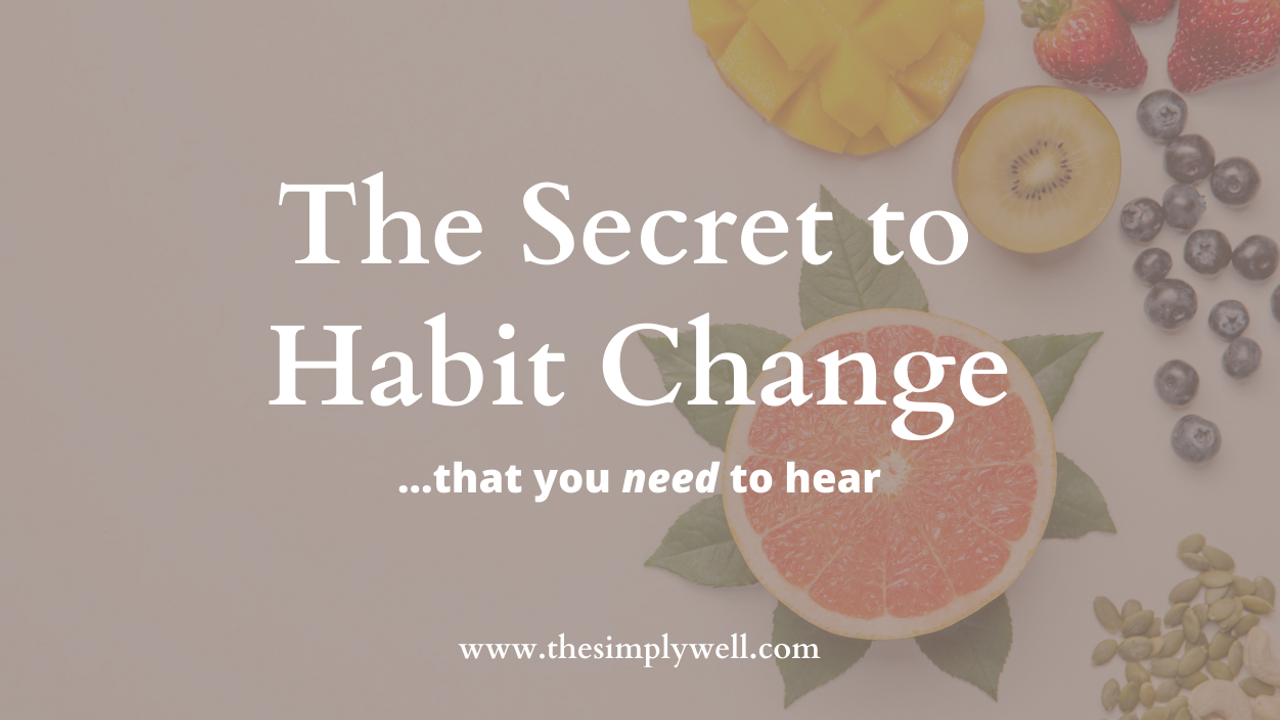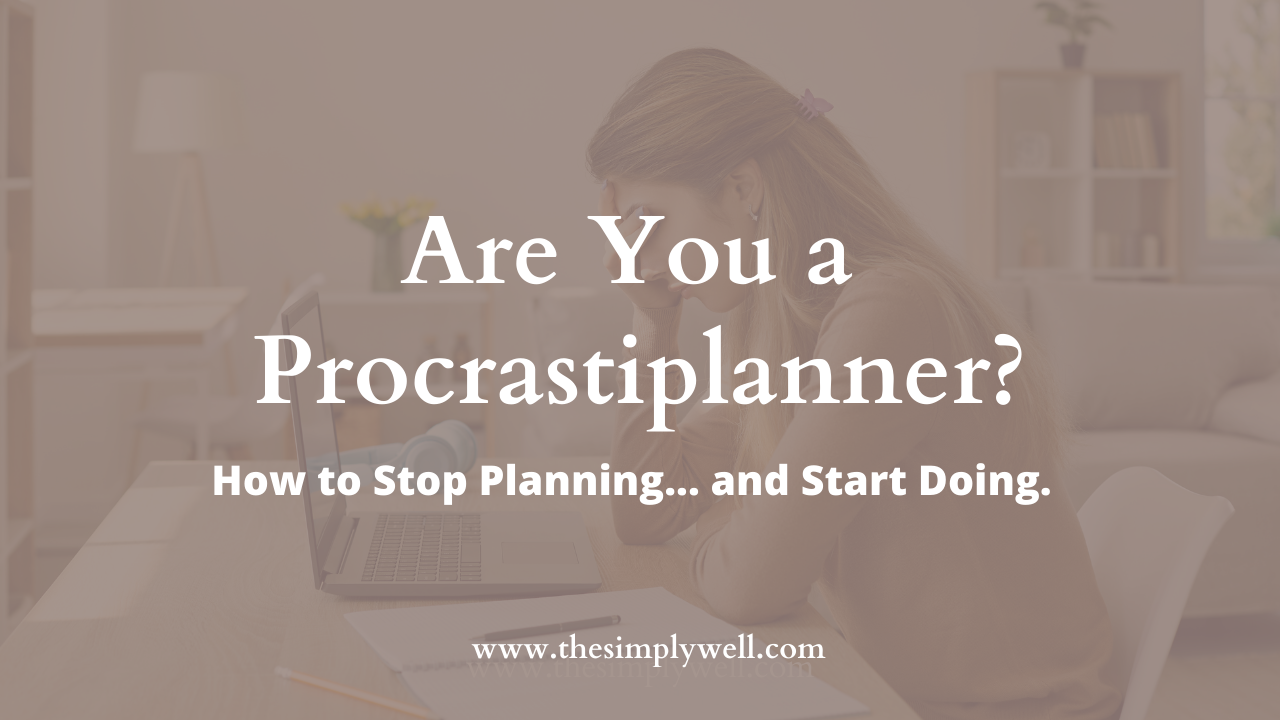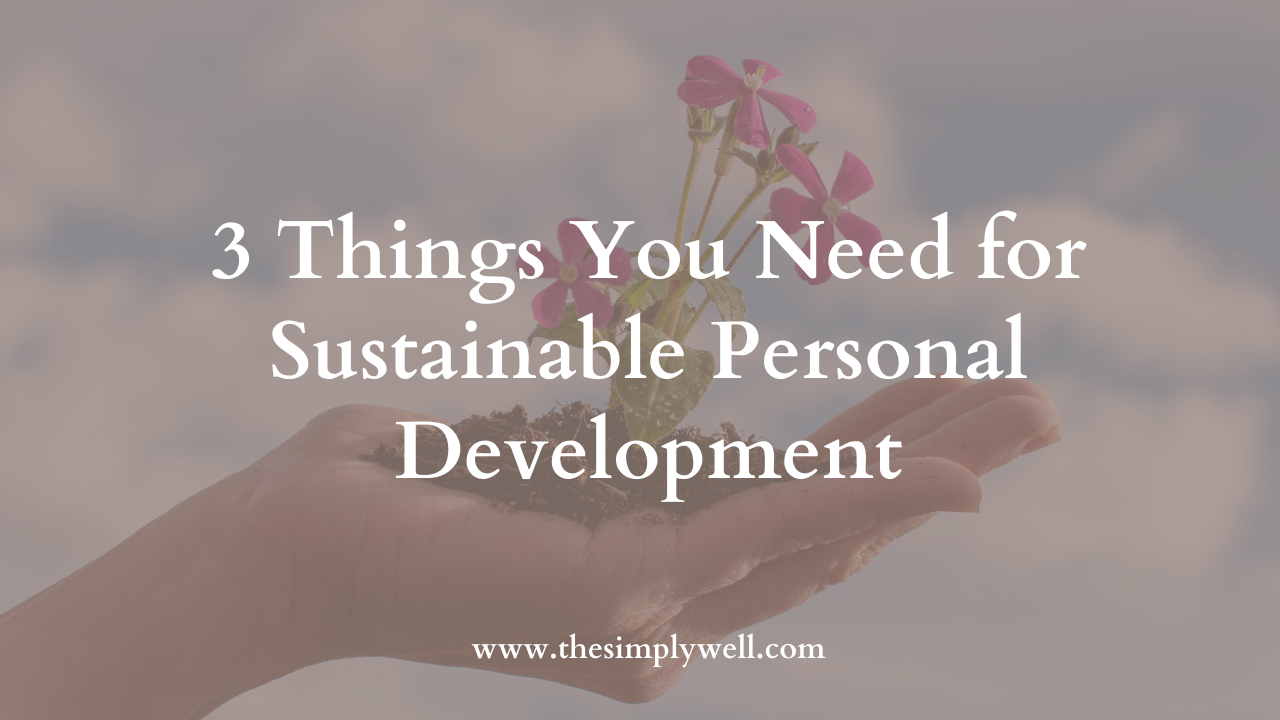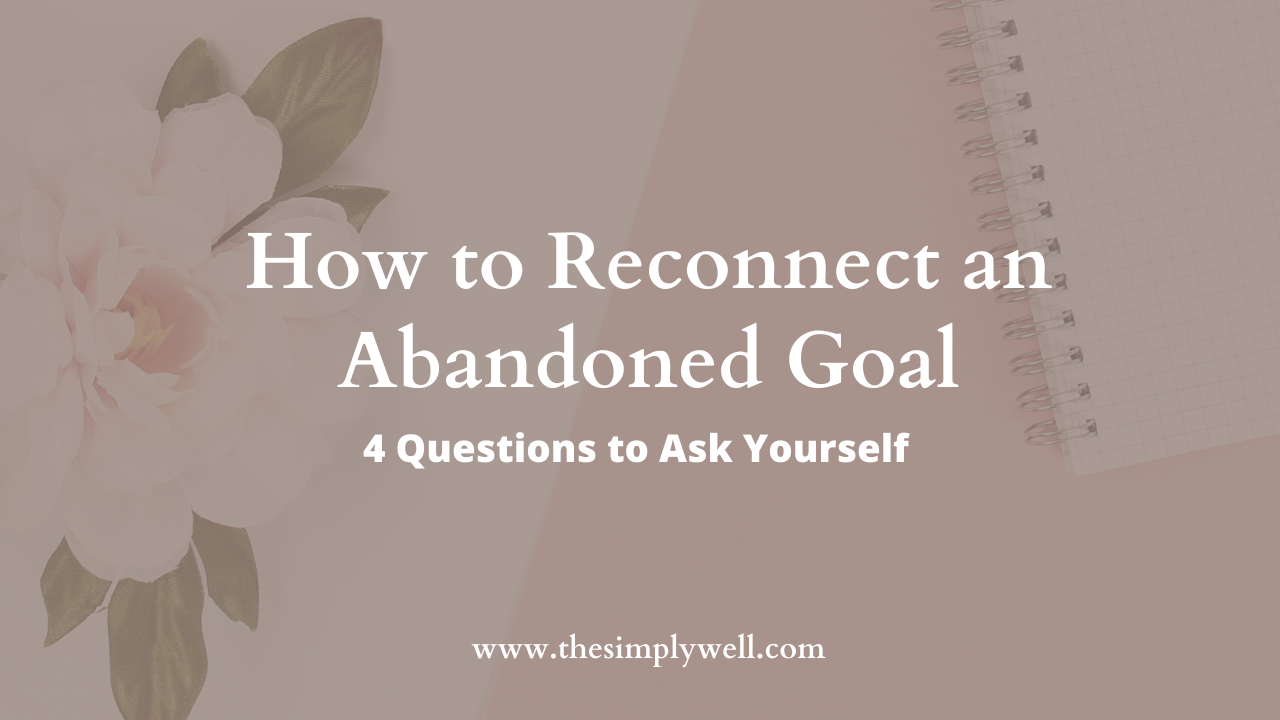
Everything You Need to Know About Habit Change
Feb 17, 2020“I know that [fill in the blank] is good for me, and I really want to do it more often. But my schedule is so packed, and I just can’t fit it in as much as I’d like.”
…… Sound familiar?
If you’re anything like me, you understand the importance of physical and emotional wellness, and you do your best to prioritize your health and well-being. But your life is filled with friends, family, and projects, so consistent implementation of healthy habits doesn’t always happen.
Believe me, I get it.
For years, I jumped from practice to practice, but felt too busy and scattered to really commit to anything. I attended yoga classes, listened to meditation tapes, tried acupuncture, and read self-development books. I engaged in heavily-researched psychological practices like CBT, as well as practices with a touch more “woo,” such as energy healing and connecting to spirit guides. I even spent a few hours floating around in a sensory deprivation tank.
I knew that these wellness practices would serve my physical, emotional, and mental well-being, but I just couldn’t commit to sticking with anything for longer than a few weeks.
Here’s what I realized.
No matter how beneficial or nourishing the actions, well-being doesn’t stem from unpredictable and inconsistent practices. Don’t get me wrong— Dipping your toes into a variety of wellness practices is a GREAT way to get exposure to new ideas and experience feelings of enjoyment and stress relief. But while you may experience an immediate “hit” of relaxation or inspiration from engaging in a one-time wellness practice, lasting change in well-being stems from lasting change in behavior.
If you are serious about improving your well-being, reducing your stress, enhancing your emotional and physical health, and engaging in practices that give you peace of mind, body, and spirit, you must form the habits that promote well-being.
Because, let me tell you, the real magic happens not when you try something once or twice, but when a wellness practice becomes part of your regular life.
How Habits Work
So, let’s talk HABIT CHANGE.
Here’s the science.
The brain does an incredible amount of work every single day to keep us alive.
This about it. In the 15 seconds it takes to order a cup of coffee alone, your brain processes some 1,800 bits of information. It recalls your favorite drink, signals to your mouth and vocal chords to speak the order to the barista, sends kinetic instructions to your hands to open your wallet and extract your credit card, all the while tuning out the guy behind you talking obnoxiously into his phone. Phew!
Just like the rest of your cells, the neurons in your brain require energy to function. To maximize efficiency, your brain tries to save as much energy as possible for truly novel or significant tasks, and automates anything else. Habits are one form of this automation.
To be more technical, habits form when the brain links a specific cue with a craving for reward. This craving then prompts an action that might be healthy, life-affirming, and positive, or, well, not so much.
Let me give you two contrasting examples.
Cue: You have a difficult conversation with your boss.
Craving: You desire a feeling of stress relief.
Routine: You come home and binge watch television.
Reward: The distraction causes your stress to fade and you feel relaxed.
The unintended result? Binge watching television becomes associated with experiencing stress at work.
Before you know it, coming home after a demanding day to watch hours of television becomes a regular occurrence, because your brain has automated the pathway between feelings of stress and watching television. After all, neurons that fire together wire together. (Or in other words, repetition strengthens neural pathways!)
And hey, I’m not saying that the occasional indulgence in a Netflix binge isn’t totally warranted, but if you find yourself unable to stop, it may be time to try a different strategy.
Let’s consider an alternate possibility.
Cue: You have a difficult conversation with your boss.
Craving: You desire a feeling of stress relief.
Routine: You come home and meditate.
Reward: The meditation leads to a reduction in stress and you feel relaxed.
As a result, meditation becomes associated with experiencing stress at work. You will have taught your brain to associate challenge and stress with a desire to meditate. Of course, these positive habits take deliberate effort to build, but after some time, you’ll come home from work and WANT to engage in this health-promoting practice instead of vegging out on the couch.
And that, my friends, is a pretty spectacular feeling.
Breaking Habits
When breaking a habit, you’ll want to think carefully about the cue-craving-routine-reward loop, because how you go about breaking the habit depends on what reward you are receiving. And the reward is not always as straightforward as it may seem.
For example, if you are trying to break the habit of checking your phone so frequently, you may think that turning your phone on silent will do the trick. After all, if your phone doesn’t buzz, you’ll have no prompt to check it.
That may be true if your habit loop looks like this:
Cue:Your phone buzzes in your pocket.
Craving: You desire the satisfaction of knowing what message is on your phone.
Routine: You check your phone.
Reward: You feel satisfied at having checked your message.
In this scenario, something as simple as removing the cue (the buzzing phone) can interrupt the automated routine.
However, identical behaviors can actually stem from vastly different cues. Consider this example:

Cue: You feel anxious in a crowd of strangers.
Craving: You desire relief from that anxiety.
Routine: You check your phone.
Reward: Looking at your phone gives you something to do, and allows you to feel less uncomfortable. You feel relief from your anxiety.
If this is the habit loop you are working with, removing the cue of a buzzing phone will not be enough to break the phone-checking habit. You could try to remove the actual cue (the sea of strangers), but something tells me that’s not exactly realistic either.
As you can see, we don’t always have control over the cues, but once we become aware of our habit loops, we can control the actions we choose to take. In this scenario, you would probably want to tackle the routine. Consider alternate routines (besides checking your phone) that would lead to the same reward of anxiety relief in a crowded room. For some, choosing a new distraction may work. For others, it may be best to simply decide to sit in the presence of the anxiety until it disintegrates. So long as the eventual reward (in this case, relief from anxiety) satisfies your craving, you can rewrite your metal code.
It’s not always easy, but it’s worth it.
Building Habits
Finally, when trying to build a new habit altogether, consider this set of suggestions from James Clear, the author of Atomic Habits.
Law 1: Cue: Make it obvious. Law 2: Craving: Make it attractive. Law 3: Response: Make it easy. Law 4: Reward: Make it satisfying.
By thinking about how to make the habit you are trying to build as straightforward, as enjoyable, and as satisfying as possible, you’ll remove any barriers between you and your goal.
For example, if you’re trying to build the habit of practicing the guitar, store the guitar out of its case in plain sight (make it obvious). Listen to the songs you’d like to learn on a regular basis (make it attractive). Practice at the same time every day (make it easy). And finally, relish in the feeling of accomplishment after a solid practice session (make it satisfying).

I hope this article provided you with some insight about the role habits play in our mental wiring and our daily lives, and that you took away some actionable tips to take control of your own habits. Remember, habit change takes intention and effort. But it is so, so worth it.





